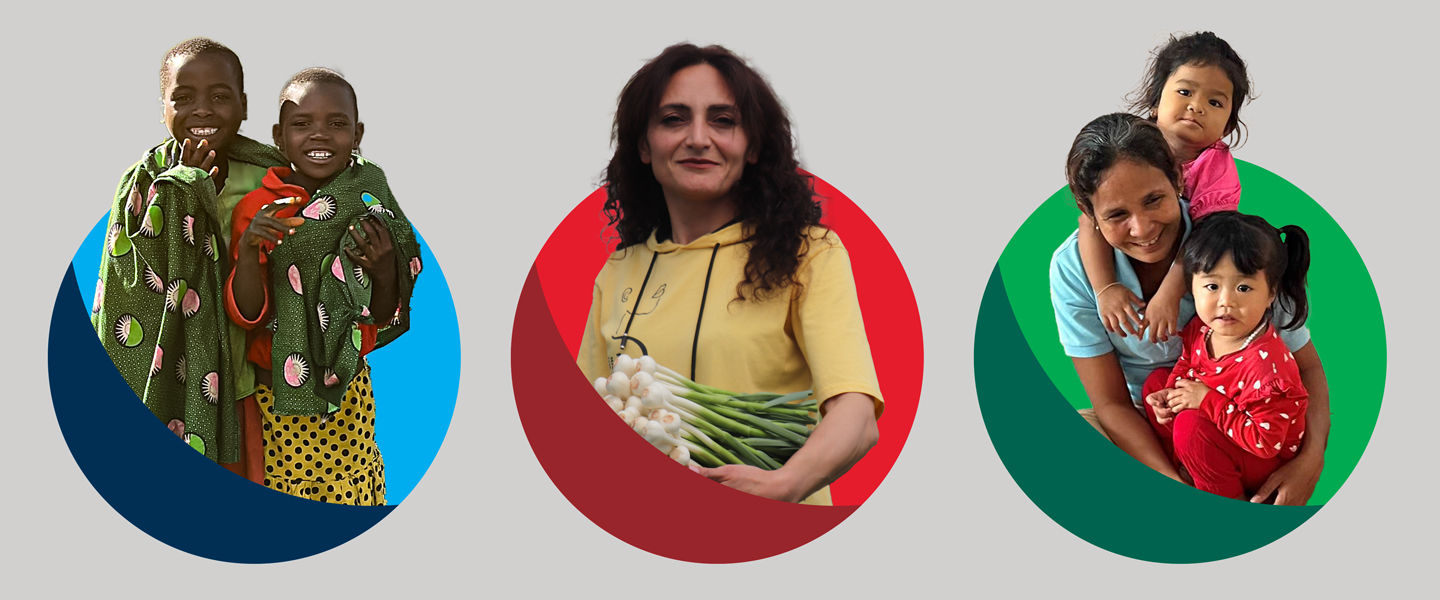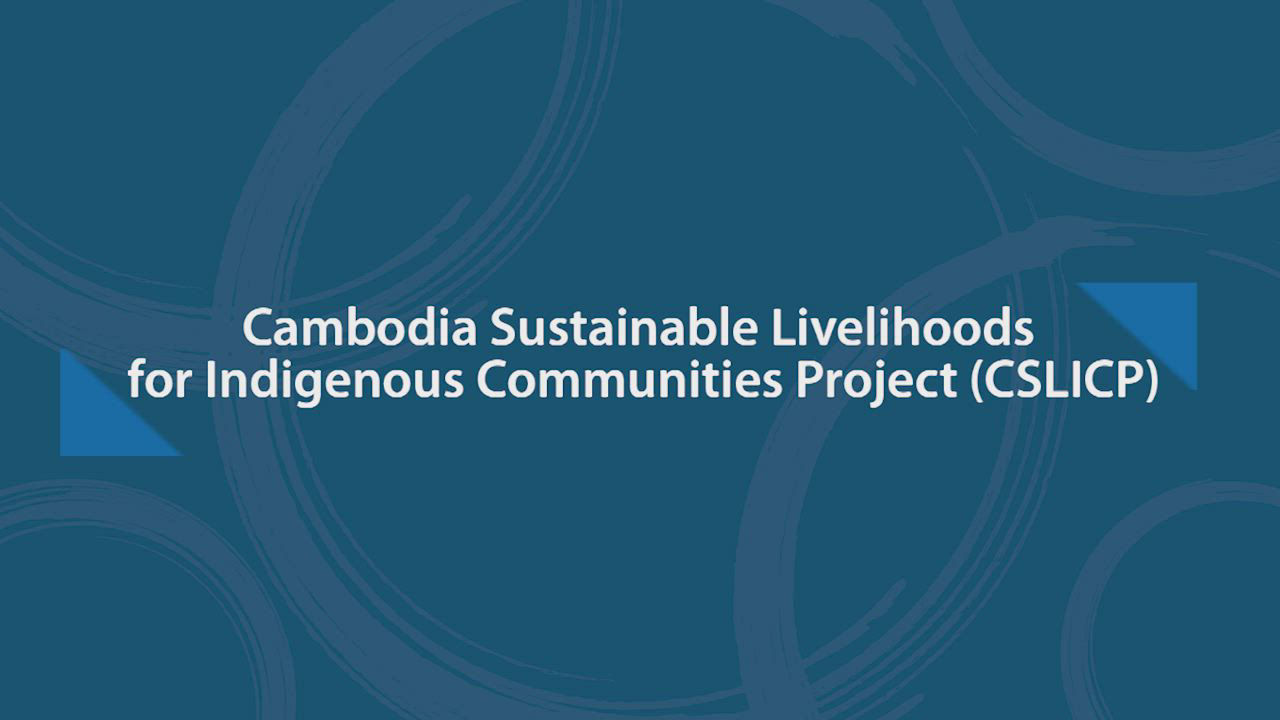About
Japan Social Development Fund (JSDF) is a partnership between the Government of Japan and the World Bank, initially created to alleviate the social and economic distress caused by the East Asian financial crisis in the late 1990s. The JSDF soon expanded its mission to reach the most vulnerable communities in developing countries, providing direct funding in the form of grants to innovative grassroots interventions. Since 2000, the JSDF has funded nearly 800 projects in more than 90 countries, touching the lives of tens of millions of people.
The objective of the JSDF program is to respond directly to the development needs of the poorest and most vulnerable groups in society. Grants are made to eligible recipient countries, based on income level classification. Unlike most World Bank-financed projects that are executed by the government at the central level, JSDF grants are executed by non-government organizations or civil society organizations and local governments and implemented at the community level. These features make the JSDF program unique, attractive, responsive, and provides a platform for cooperation between non-government organizations and other local stakeholders in the development process. This had led to meaningful progress in areas not previously associated with the World Bank’s work with the public sector.
JSDF Grants Around the World*

*By Regions and Pillars






